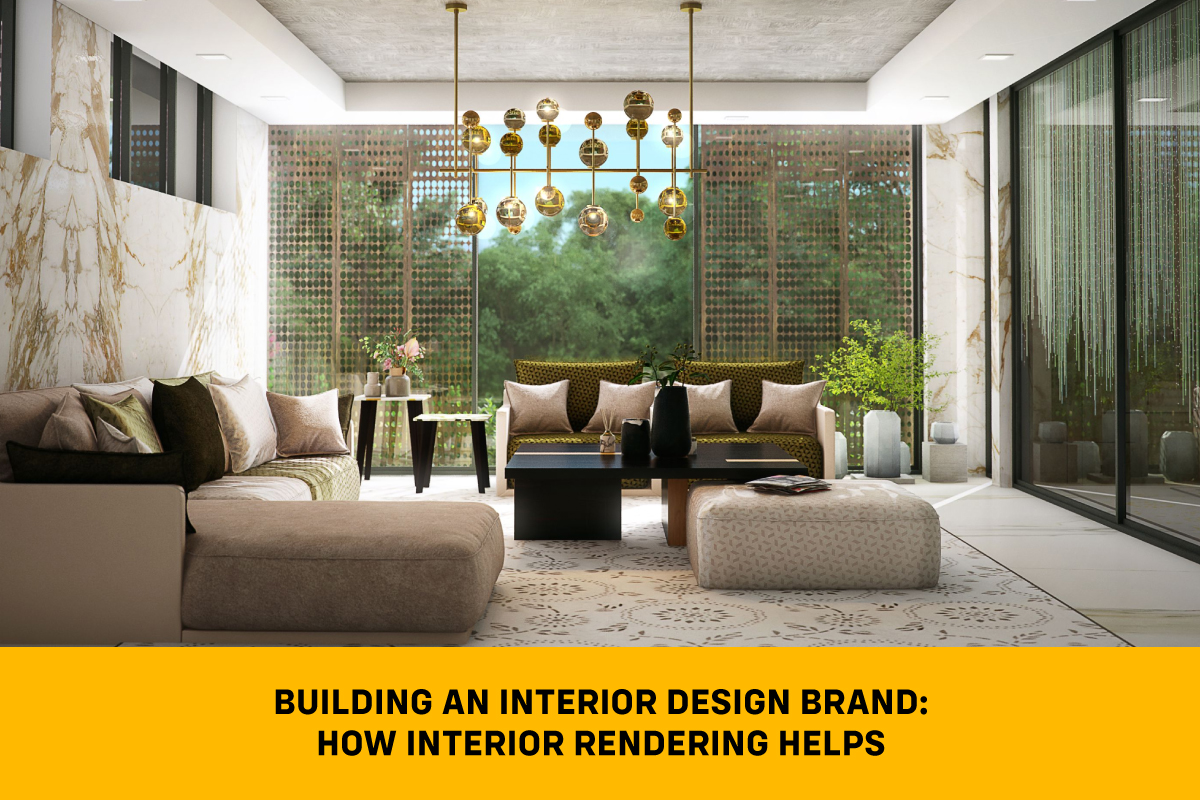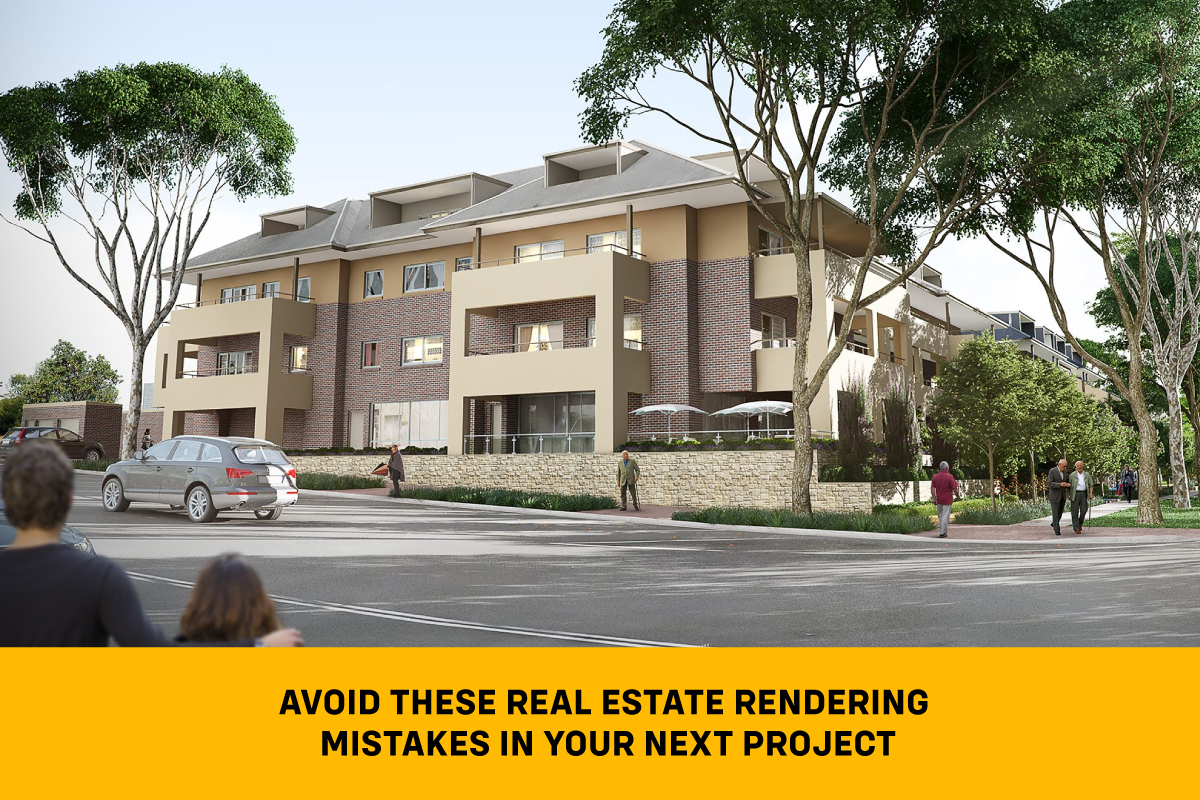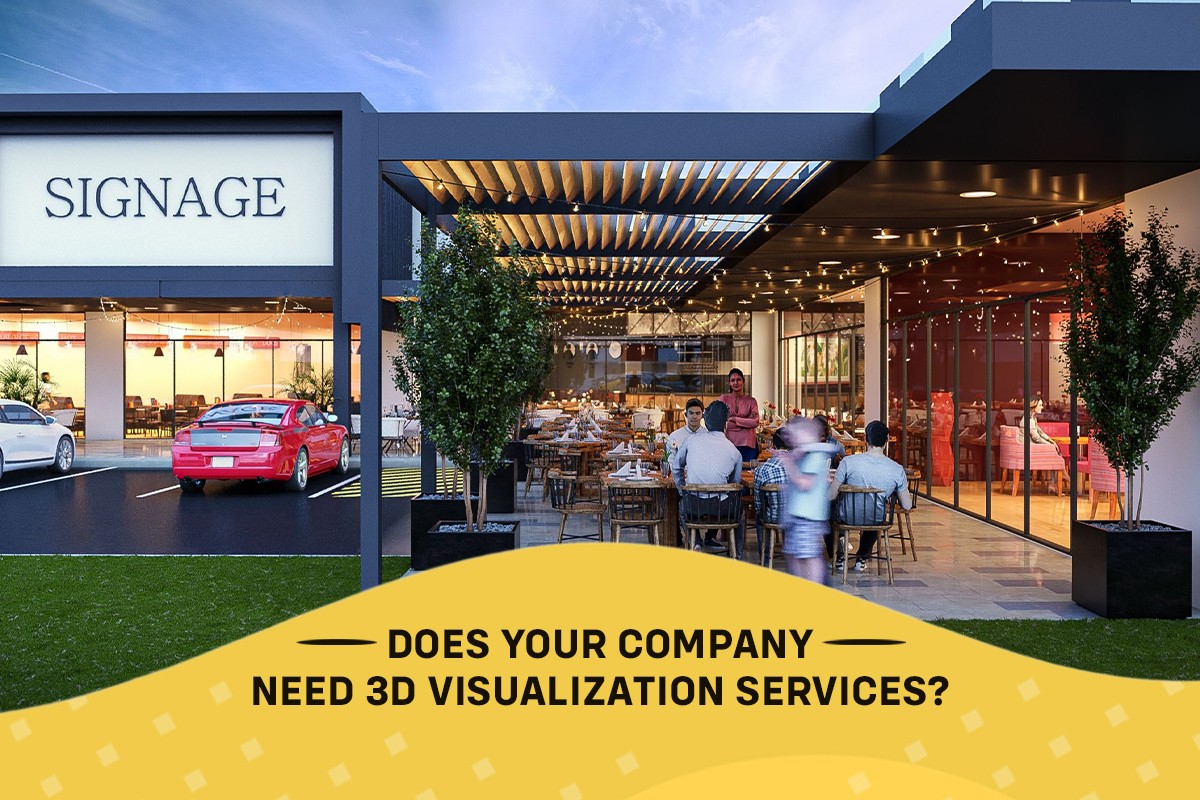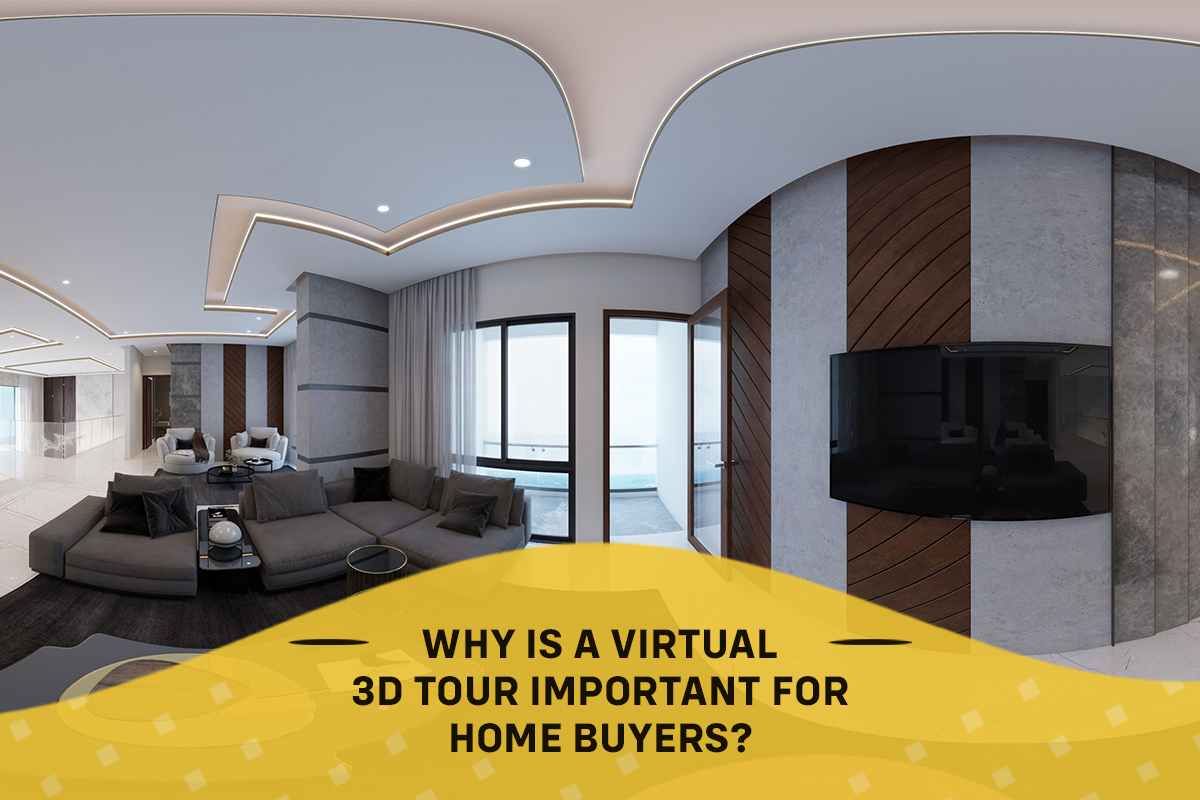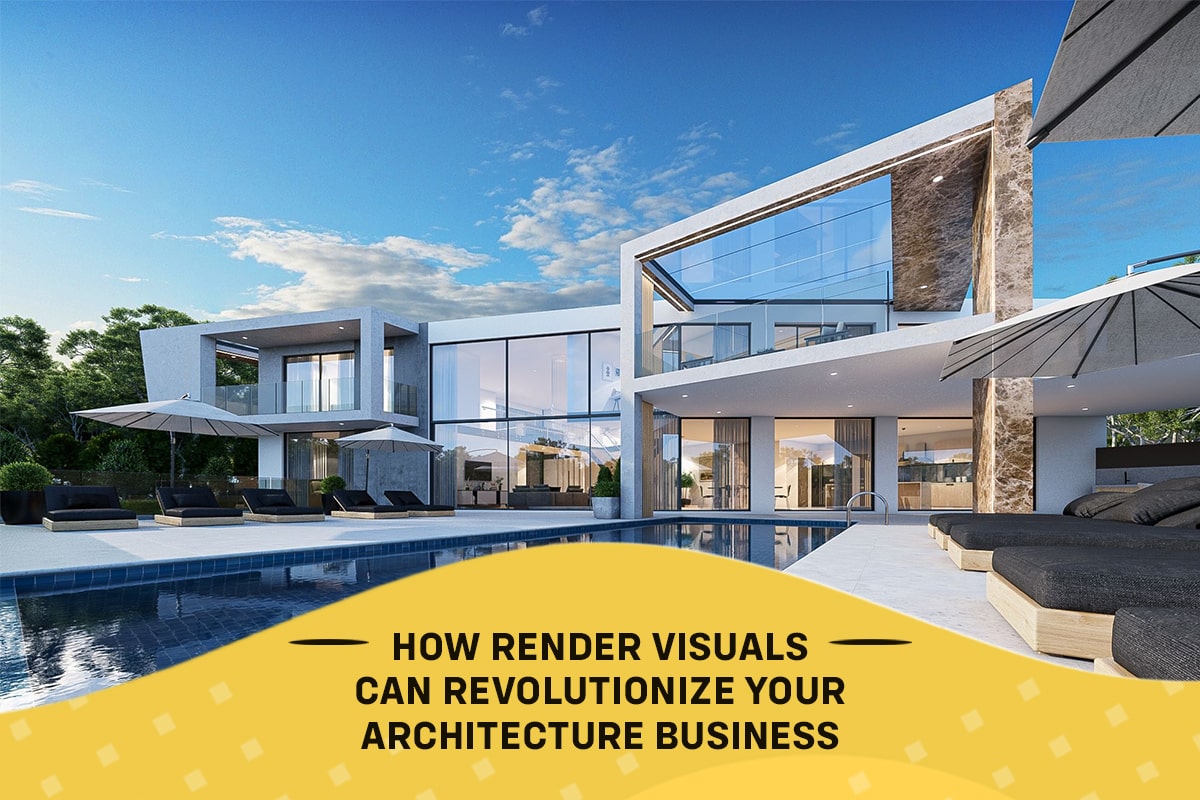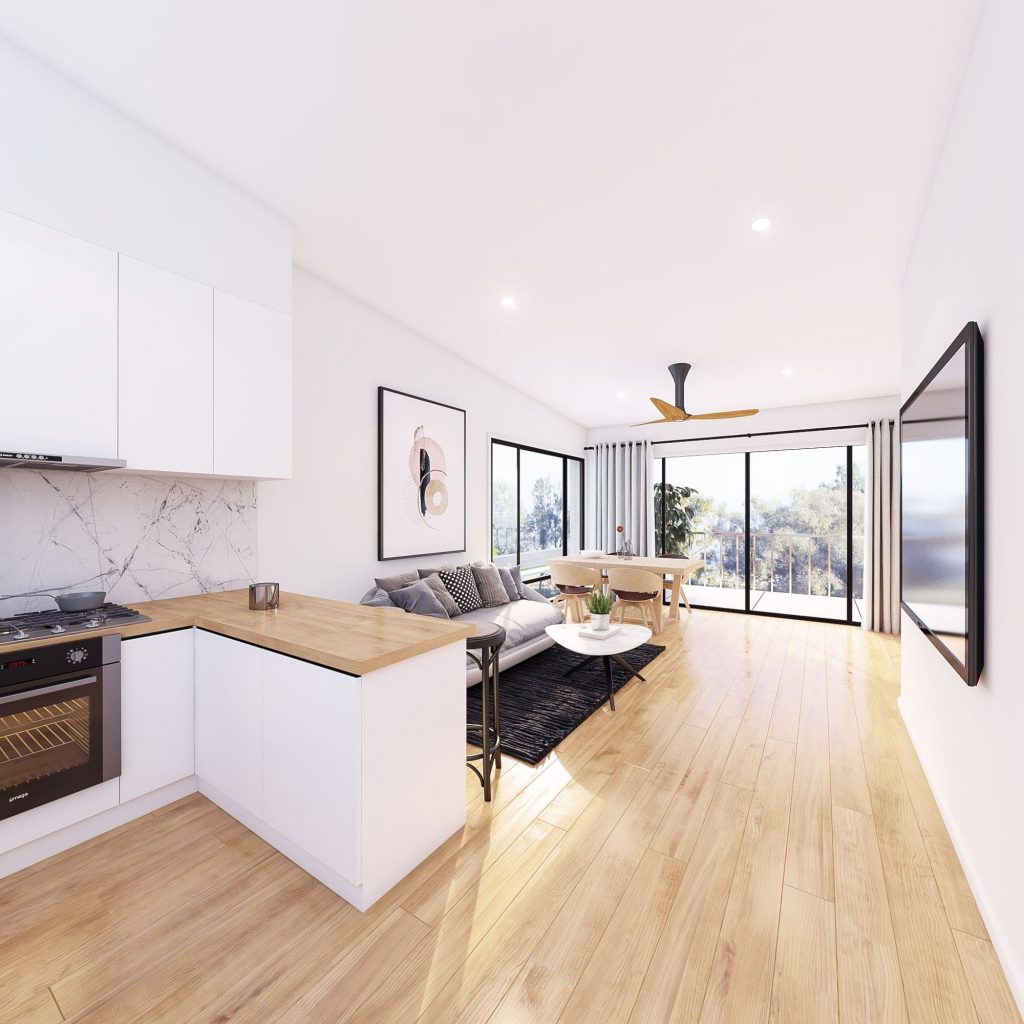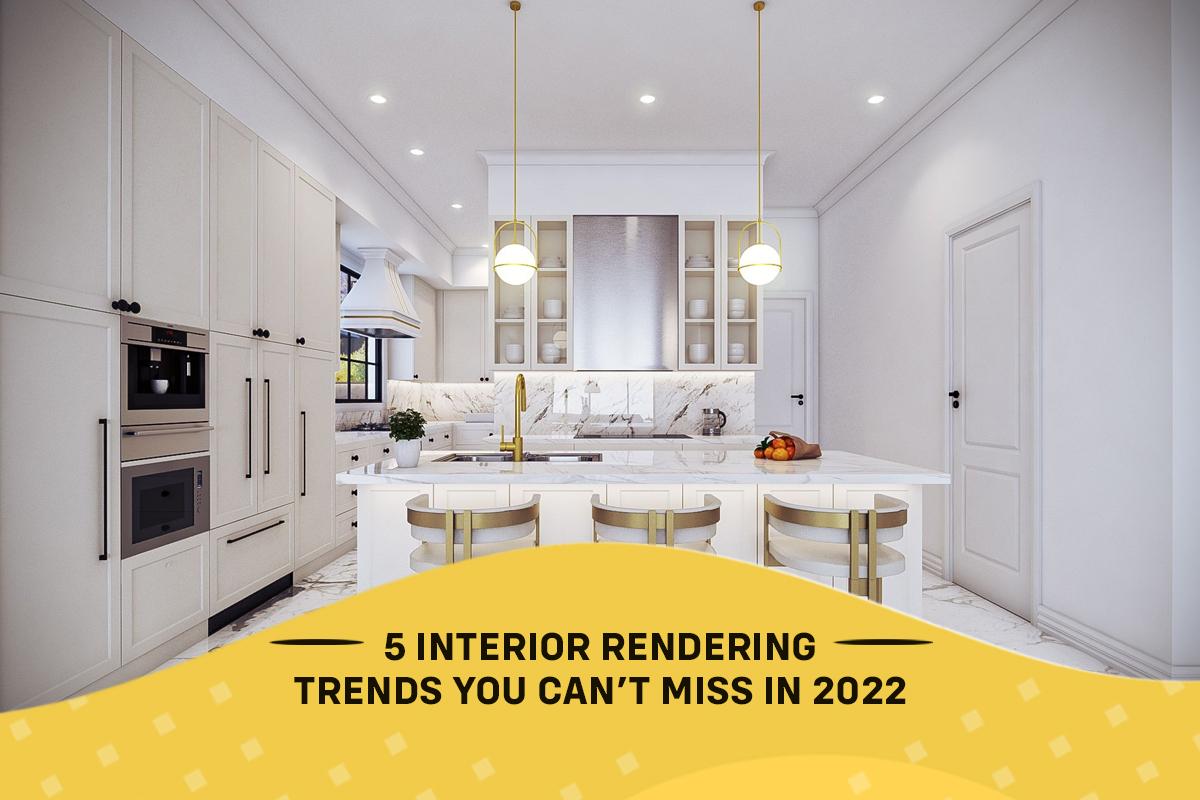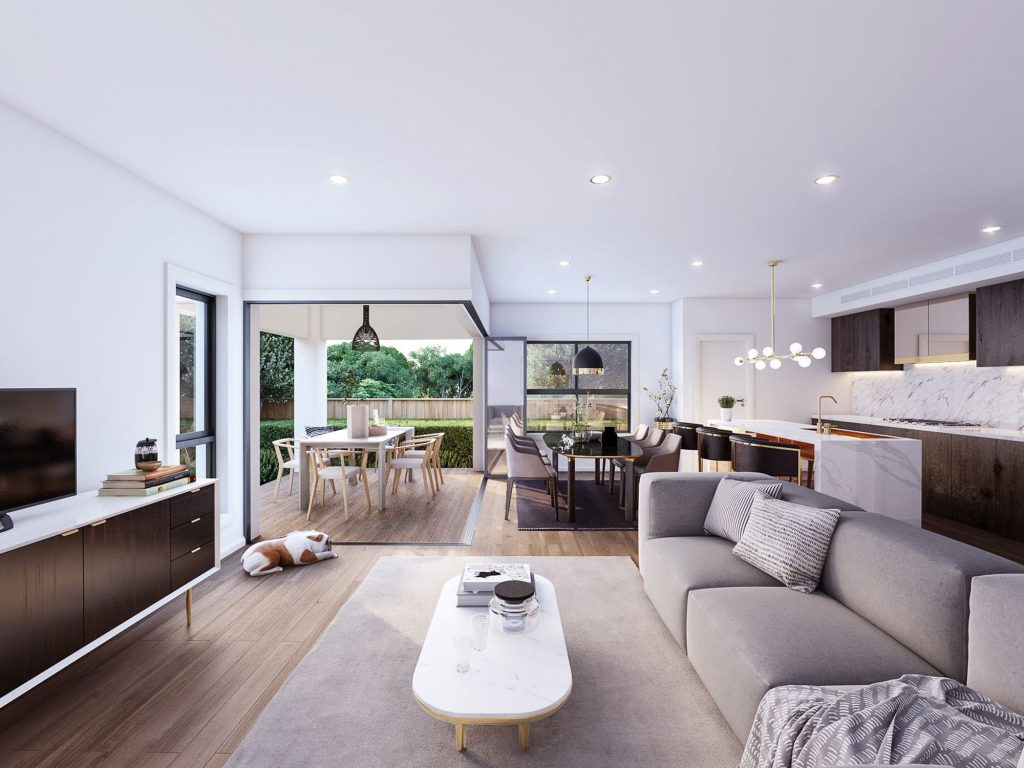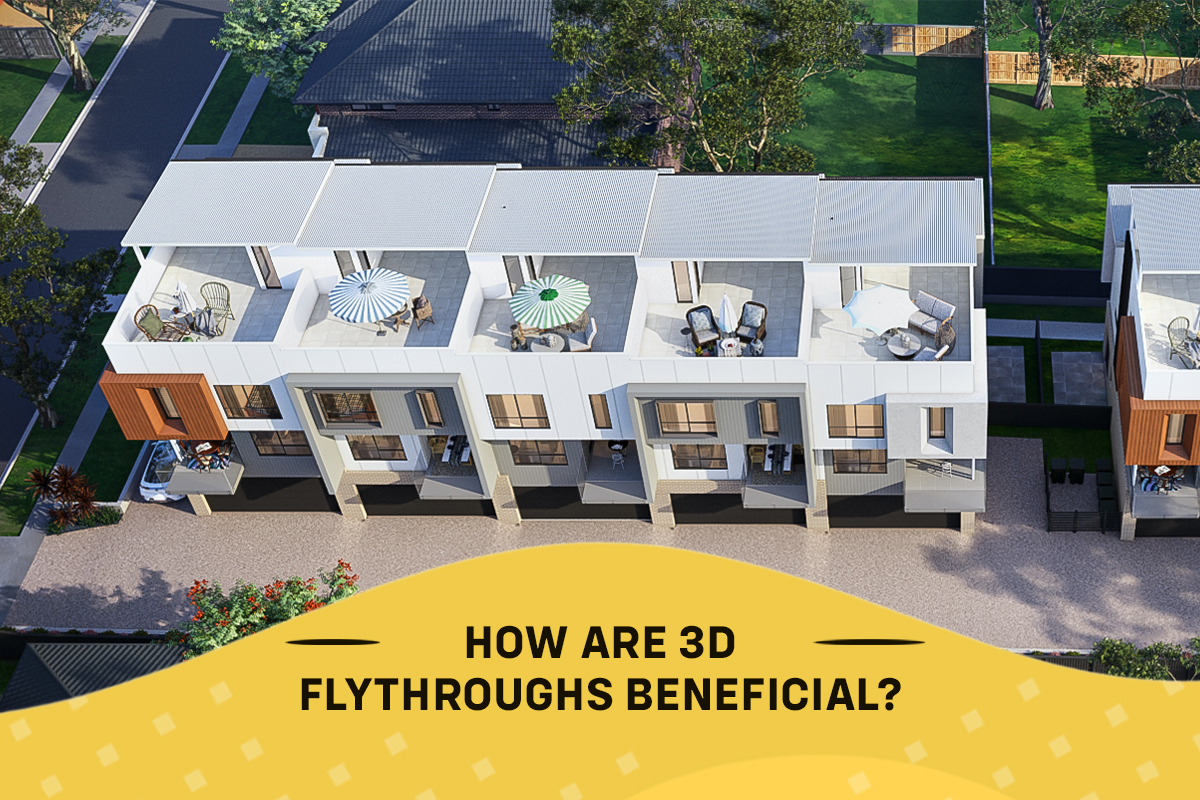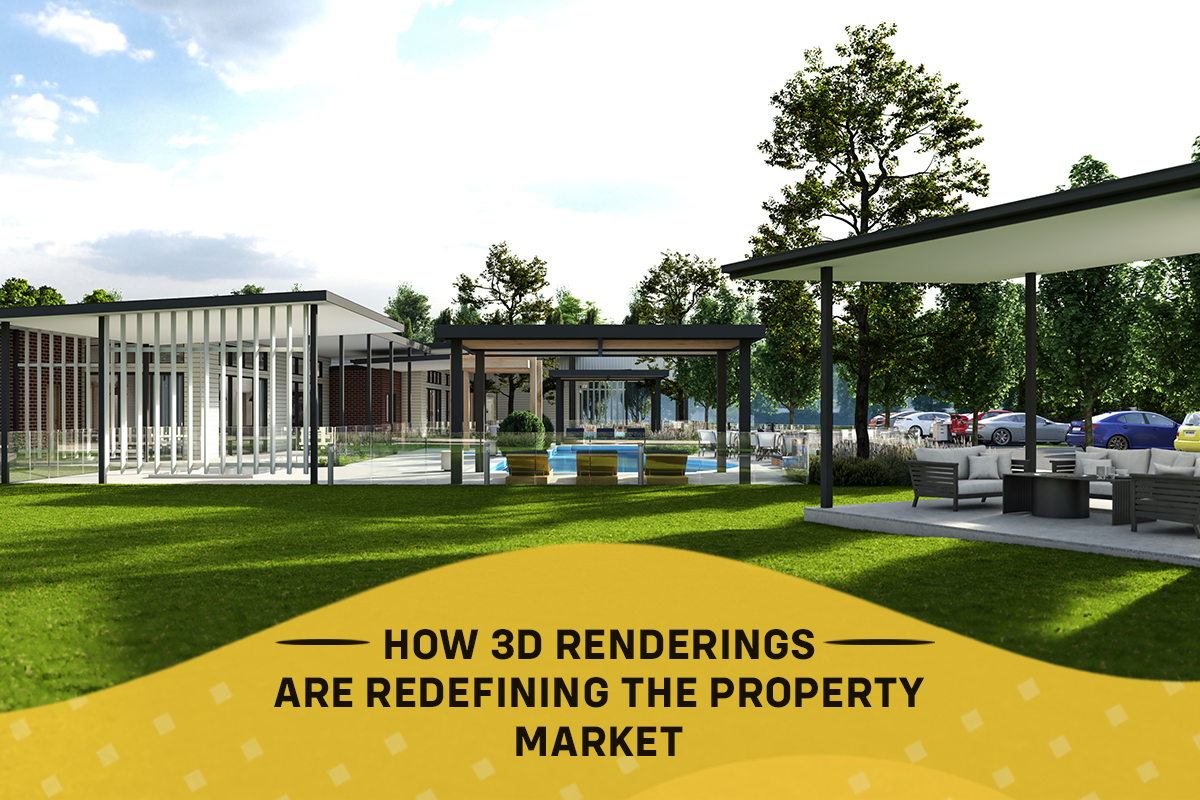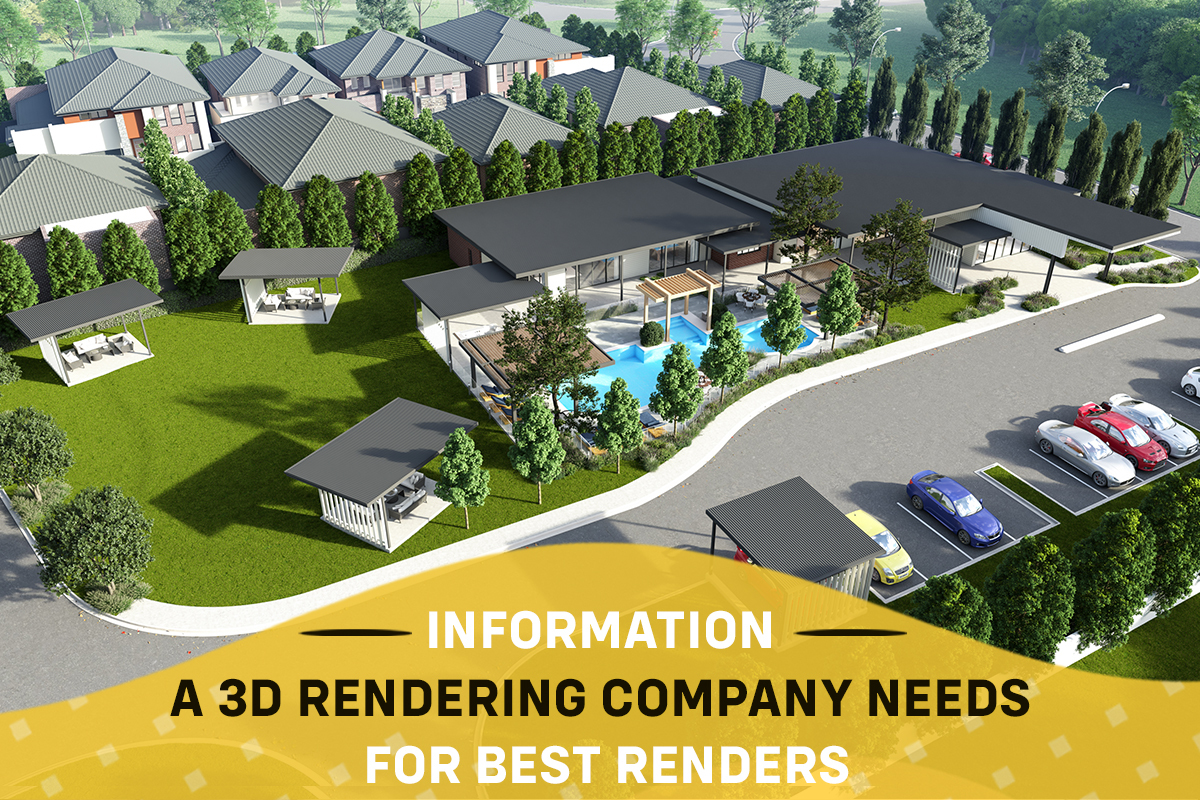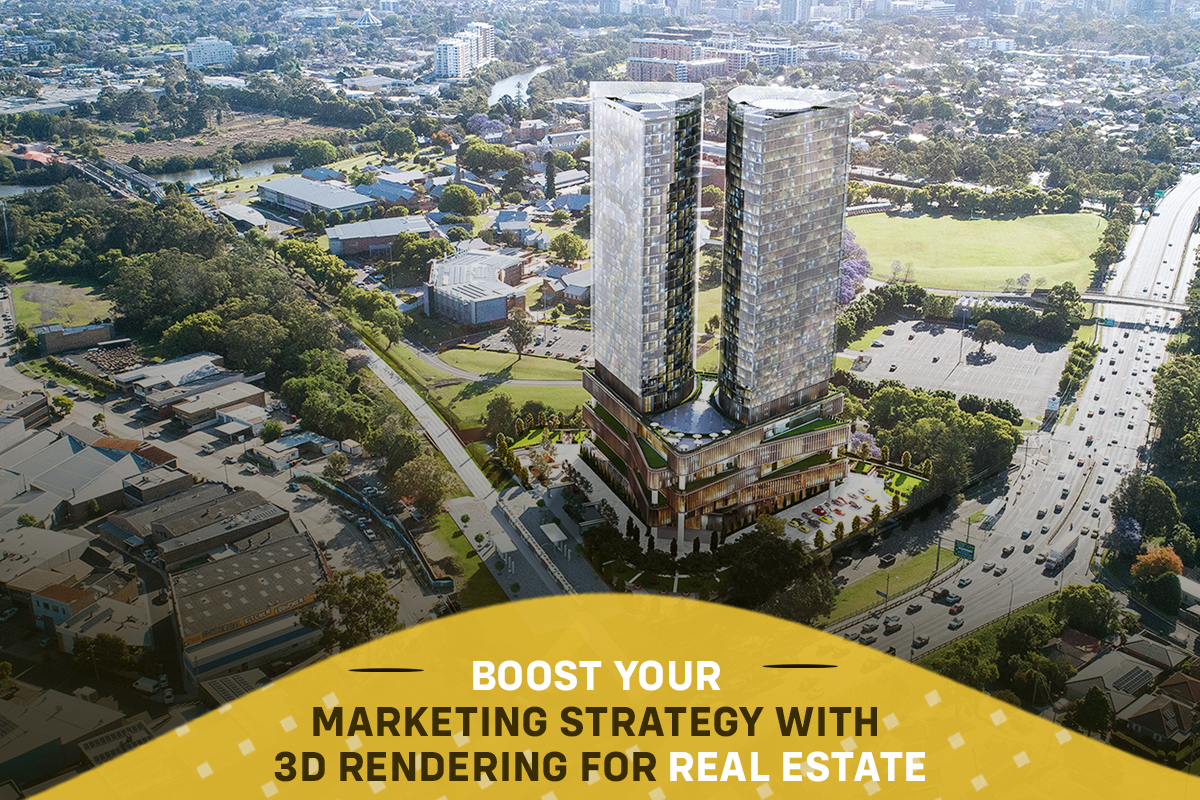“Any sufficiently advanced technology is indistinguishable from magic.”
—Arthur C. Clark
In the last decade, 3D visualization services have found a home in several industries, such as architecture, interior design, construction services, and many others. Today, it’s beginning to impact other industries like marketing, gaming, and education, among many others.
There is an exponentially growing use of professional rendering. From planning landscapes to bringing cinematic visions to life to car designs, 3D renders have become considerably realistic and robust.
Although there are a slew of companies using these services, many businesses are still unaware of the benefits of 3D visualization services.
In this article, we’ll dive deep into what industries benefit from 3D visualization services, what these services entail, and whether your company will benefit from them.
Let’s begin.
What Are 3D Visualization Services?
3D visualization services, also called 3D modelling services, refer to the artistic and technical process of creating images using 3D software. The result is a 3D model. More often than not, these are images of unreleased products and upcoming properties.
In contrast to photography, 3D visualization is primarily used to visualize content that’s not physically created yet. A viewer can easily comprehend the complexity of a building through 3D visualization.
3D visualization is sometimes interchangeably used with the term 3D rendering. However, 3D rendering refers to the more immersive subprocess of making images look more realistic. The product of 3D rendering is a 2D image.
Now that we’ve understood what 3D visualization services are, let’s look at some of the most common types of 3D visualization services.
Types and Techniques of 3D Visualization Services
Here are some 3D visualization services most companies use.
1. Real-Time
Real-time rendering occurs right in front of your eyes—it’s a continuous process. Consider a computer game or a CGI movie where the 3D models appear to move smoothly. Your commands and controller input are also responded to by the characters you control. This is real-time rendering, where the models are being rendered frame-by-frame in a manner imperceptible to human eyes.
2. Offline Pre-Rendering
Some rendering processes are too slow and complex to be done in real-time. Despite not being interactive, these 3D renders often appear far better than the real-time 3D renders owing to their ability to handle way more complex structures and geometry. While this may mean hours of professional rendering by frame, the final result is that much more spectacular.
3. Z-Buffering
This is a professional rendering technique used to decide which components in a scene are visible. Objects can be accurately placed within scenes using Z-buffering. The related algorithms can decide how to interpret and translate the relevant pixel spacing into physical distances.
4. Ray Casting
Consider a ray of sunshine and the manner in which the light travels forward before being reflected, refracted, or absorbed upon encountering an object. This idea is the basis for ray casting, which is used to determine the distance between an object and the eye.
5. Radiosity
Radiosity is a technique used to produce realistic 3D renders with diffused illumination. This professional rendering method is commonly used in the fields of architecture and interior design. When compared to direct illumination renders, radiosity only deals with light channels that are diffusely reflected, resulting in a higher level of realism.
Related : Why You Should Include 3D Visualization Services in Your Marketing Strategy
Industries that Benefit from 3D Visualization Services
3D rendering can have far-reaching use cases. It can benefit so many different types of industries, which most people do not think about. They are used in various industries, from architecture to education to healthcare.
1. Architecture & Construction
From the days of physical drawings and blueprints, architects and design firms have been quick to realize the potential of 3D visualization technology. Architects all over the world employ a 3D rendering company to develop stunning structures and interiors. This entails adding realistic material textures to building surfaces and natural light sources and shadows to give structures depth and realism.
The ease with which 3D renders can be shared with clients enables more client engagement and customization for building projects.
2. Video Gaming
The gaming industry is the next one that pops into everyone’s heads when we talk about 3D visualization. In today’s modern gaming industry, real-time 3D rendering is essential. Virtually all three-dimensional video games use it for a sizable portion of the overall video game industry.
It also plays a crucial role in the development of video games. Making a quality 3D render of any 3D model is a great way to view it from a different angle. Thanks to 3D rendering, the artist can see any flaws, make any necessary adjustments, or otherwise enhance the model.
3. Marketing
The modern world runs on marketing. As long as there is something to sell, there is a need to market it. 3D visualization services have led to a whole new realm of possibilities in the field of marketing.
It enables marketing experts to present things in an unprecedented fashion and makes it possible for more sophisticated, more realistic advertisements. Marketers can showcase nearly anything in such a lifelike manner that all of its perks, benefits, and characteristics are clearly highlighted using 3D rendering.
Furthermore, since expensive props and photoshoots are not required, advertising campaigns can be developed more quickly and for less money.
Also, different people interpret different things in diverse ways. So, marketers can reduce the scope of differences by using 3D rendering, thereby making the product appealing to the widest possible consumer demographic.
4. Medical & Healthcare
Modern science and technology have enabled us to live longer, better, and healthier lives. The addition of computing has significantly enhanced healthcare, and 3D rendering has elevated it to new heights.
To begin, 3D rendering is employed to increase the quality of various 3D imaging techniques. They can be used to improve 3D scans, which raises the image’s general quality and makes it look more realistic. Furthermore, 3D rendering is frequently used to produce images of viruses, bacteria, and illnesses, including their molecular structure and microscopic appearance.
In essence, this technique gives medical researchers and healthcare workers considerably more information and clarity to make vital medical decisions.
5. 3D Mapping
The process of mapping out the stars won’t happen overnight, but 3D rendering will make it go much more quickly.
With the help of 3D visualization services, 3D mapping can be used more effectively because images, stills, and scans can be converted into useful visual mediums that can then be used for additional analysis.
6. Interior Design
The interior design uses 3D visualization services in a slightly different manner from architectural design. Interior designers use 3D renders to produce virtual representations of their products. Highly detailed furniture and accessories, like a simple wooden table, are created using 3D rendering software.
3D rendering has largely superseded traditional methods of interior design. With professional rendering, interior designers can now design fully furnished spaces in a small fraction of the time and cost.
7. Manufacturing
Before a product is manufactured, companies need to design and study a prototype first. Using 3D rendering is one of the most effective ways to present a prototype properly. Manufacturing executives can view the prototype in all its glory through 3D renders and decide whether it will work or not.
In the manufacturing industry, 3D rendering is also used for numerous advertising purposes. It allows companies to showcase a product realistically in the best angle.
8. Entertainment
Entertainment comes in all different shapes and sizes, and 3D rendering has made it possible for studios to create content more effectively, satisfying the continuously rising demand.
It’s now possible to speed up, streamline, and perfect labor-intensive and time-consuming procedures to the point where the entertainment itself is of higher quality and the production is more economical.
As much as animation is a staple of contemporary entertainment, it wouldn’t be possible without 3D rendering, which makes it possible.
In addition to animation, 3D rendering has excellent SFX applications, so it is used in most contemporary media (movies, television shows, and others).
Benefits of 3D Rendering
Once you know the process of 3D rendering, the obvious question is how would it benefit you. To answer that question, here are four reasons why your business needs to consider taking 3D visualization services.
1. Cost Effective
The aim of every business is to keep costs as low as possible. This is exactly what 3D rendering will help you do. Before the product is made, 3D visualization aids business owners in creating cash flows. Before making a purchase, many customers insist on seeing the final product, which is occasionally impossible, especially for event planners and home designers. Your customers can experience the product before it is created by using 3D visualization.
2. Increased Efficiency
3D renders save a lot of time. Compare how long it takes to plan, set up, and carry out an interior design photo shoot with how long it takes to produce a 3D render of the same interior design setup.
Not only does 3D rendering save time when compared to other traditional methods, it also decreases the time consumed in the business processes. For instance, organizing the interior design photoshoot would take a long time in terms of setting up the equipment, location, etc. It is obvious which method is more effective when we contrast it with 3D rendering.
3. Greater Creative Freedom
The ability to create environments in 3D gives you the freedom to visualize your products in virtually any environment. Even concepts that might otherwise be implausible come to pass. The physical capabilities of the materials and tools that are available to designers are essentially their only constraint.
These limitations are lifted by 3D rendering. Through 3D rendering, an architect can easily create a massive structure out of a variety of priceless materials. Accessing the software library and looking for the material textures would be all that was required. In the real world, it would be necessary to source these pricey materials at a considerable cost.
4. Easy Edits
3D renders to give you the freedom to go back and make edits to your final product. This would be challenging to do in a photo shoot or an architectural sketch, for example.
Why Your Company Needs 3D Visualization Services
As computing capabilities keep rising, 3D rendering is bound to keep growing in stature. There is an ever-growing demand for a 3D rendering company, and a competition to deliver the best results.
Are you also looking for 3D visualization services for any of your upcoming projects? At Render Visuals, a premier 3D rendering company in Australia, we provide immaculate 3D rendering services with ultra-modern technology, at affordable costs.
Reach out to us on our website or contact us at +61 406-822-061/488-805-395 and get started right away!

